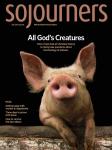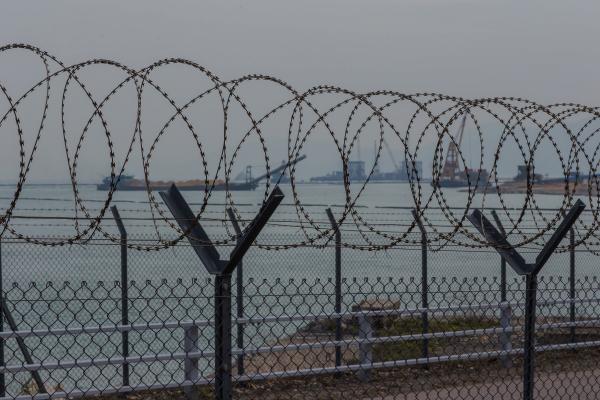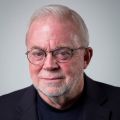AS AN OPPRESSED and marginalized group, the early Christian community understood intersectionality, the ways that systems of oppression, domination, or discrimination overlap. Galatians 3:28 says, “There is neither Jew nor Gentile, neither slave nor free, nor is there male and female, for you are all one in Christ Jesus.”
This was a baptismal text and liturgical formula in the early church. In baptism, new Christians acknowledged three oppressive categories that divide humanity—race, class, and gender. At their baptisms, the new church was declaring that as a community following Jesus, they were called to undermine, overcome, and take down those barriers and begin to create a new and united community.
Inherent in the Galatians text is the understanding that the three divisions work in tandem with one another. They build off of one another. Some have power in all three; others have power by virtue of their position in one category, but lack it in others; and, most important, the most marginalized person is the person that falls on the “wrong” side of all three.
This reality is still true today, though now we recognize additional categories. It still holds true that the people who are most marginalized are those who fall on the “wrong” sides of the divisional categories. In the United States, the most foundational category is race.
The United States was founded by the near-genocide of one people and the kidnapping and enslavement of another. European and Americans couldn’t reconcile their belief that all people were created in the image of God with what they wanted to do with the Indigenous population and enslaved Africans. Rather than changing their plans, they shifted their beliefs, saying that people of different races were less than human.
This was America’s original sin, and it still has a major impact on our lives today. Despite many great strides, much still hasn’t changed. Minority populations have been left behind without good education, jobs, and homes—and these factors are all connected.
In light of all that’s happened in our country these past few years, from the Black Lives Matter movement to the new uprising of white supremacy, we’ve learned that nobody can hide from racial injustice.
It’s not one issue among many—it’s a deeply rooted sin that affects us all.
THE GREAT POLITICAL and historical reality behind the incendiary rhetoric and conflict we have been experiencing in our country is this: In just a few decades, America will no longer be a white-majority nation; we will instead be a majority of minorities.
Some of our citizens, especially many older white Americans, are deeply fearful and resentful about the potential loss of white supremacy and privilege. They will not let this happen without a fight. Already there is a clear strategy to try to ensure that the changing demographic does not change America. There is a five-part strategy in place to delay, obstruct, and veto the new America.
First, gerrymander congressional districts. Second, shift the goal of immigration reform away from full citizenship, preventing the enfranchisement of 11 million new voters. Third, incarcerate mass numbers of citizens, leading to their political disenfranchisement. Fourth, put in place new voting regulations that make it harder for many people to vote. Fifth, elect a strong-man candidate who promises to do to “whatever it takes” to ensure that America does not change.
GLOBALLY, those who are on the “wrong” side of the categories, the most marginalized, find themselves most vulnerable to the devastating impacts of climate change, war, displacement, and poverty. As conflict rages in the most fragile countries, millions of people, many of them women and children, are displaced from their homes. The global response has been unacceptable. In Europe and the United States, politicians have stoked xenophobic and Islamophobic sentiments to block refugees seeking asylum. Walls are being built to keep the “others” out. Aid and relief to these areas are being cut in favor of expanding military budgets.
Race sits at the intersection of all of these issues.
We need to look with an unflinching focus at how race is affecting the work that we do. We need space for lament—and then we must press onward toward a vision for repair and healing through solutions that are already in practice and new solutions we create together.
We all live and work at the intersection of these issues. The strategy we are up against is clear. Our response must be too.

Got something to say about what you're reading? We value your feedback!

